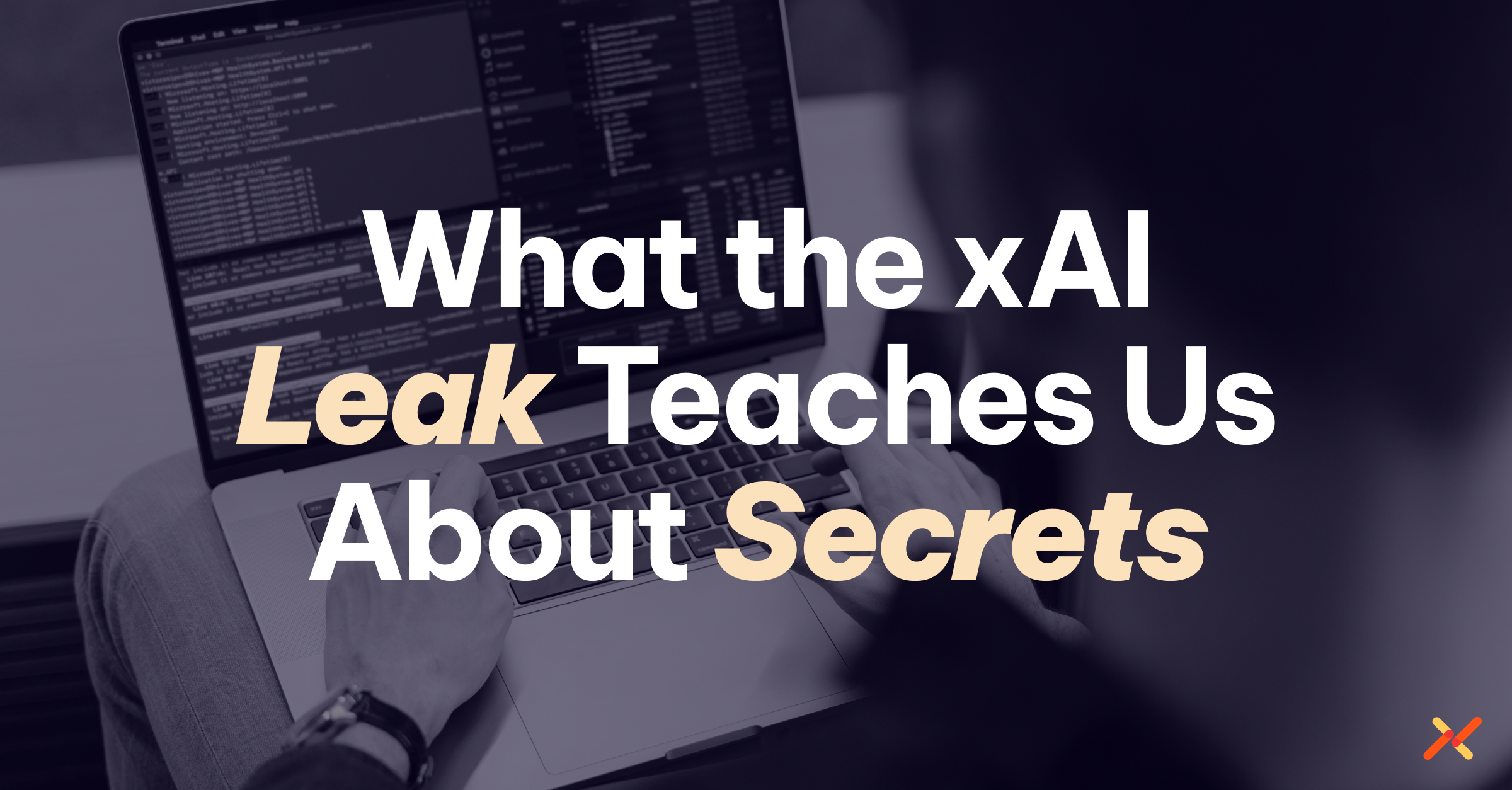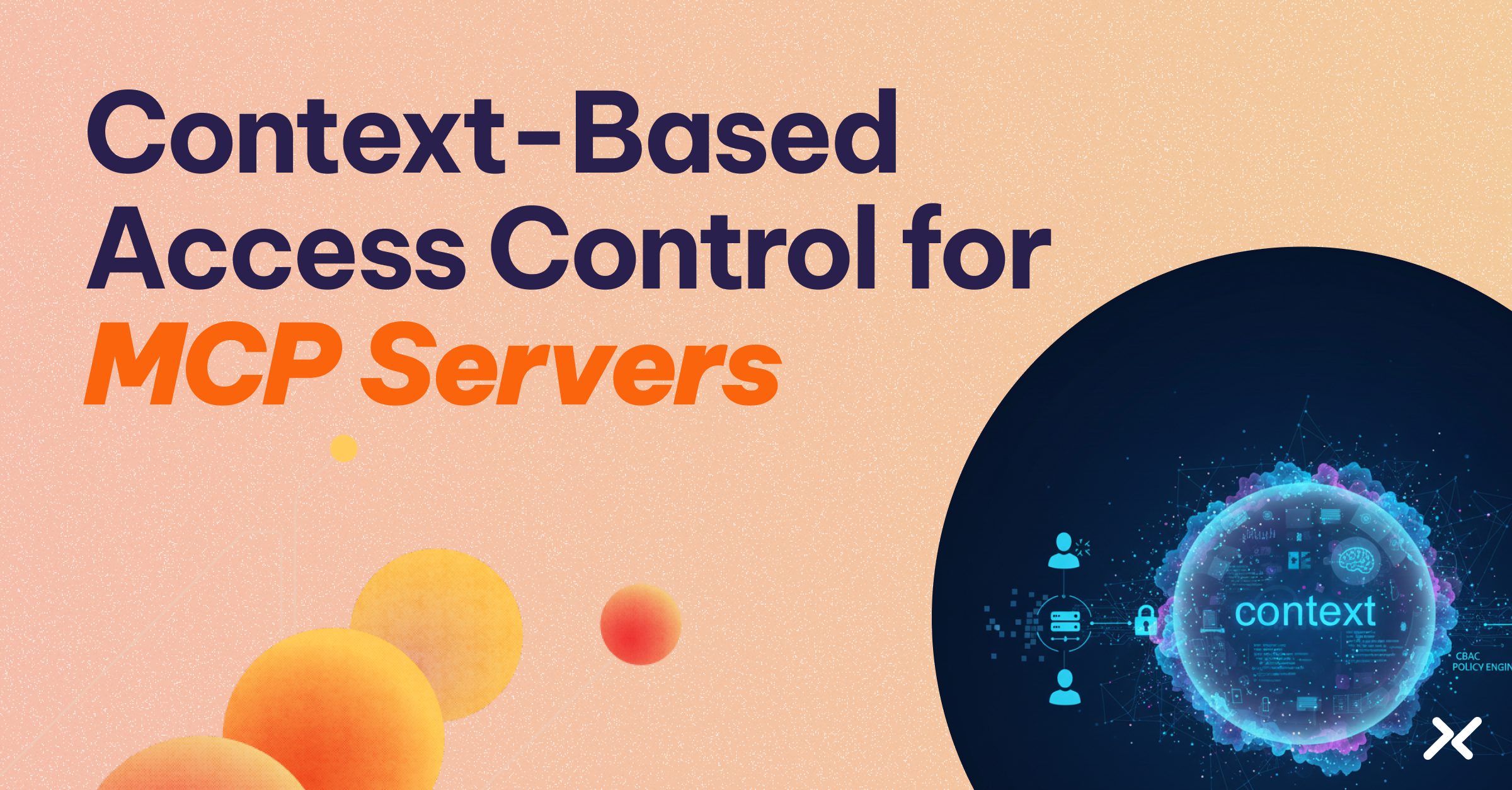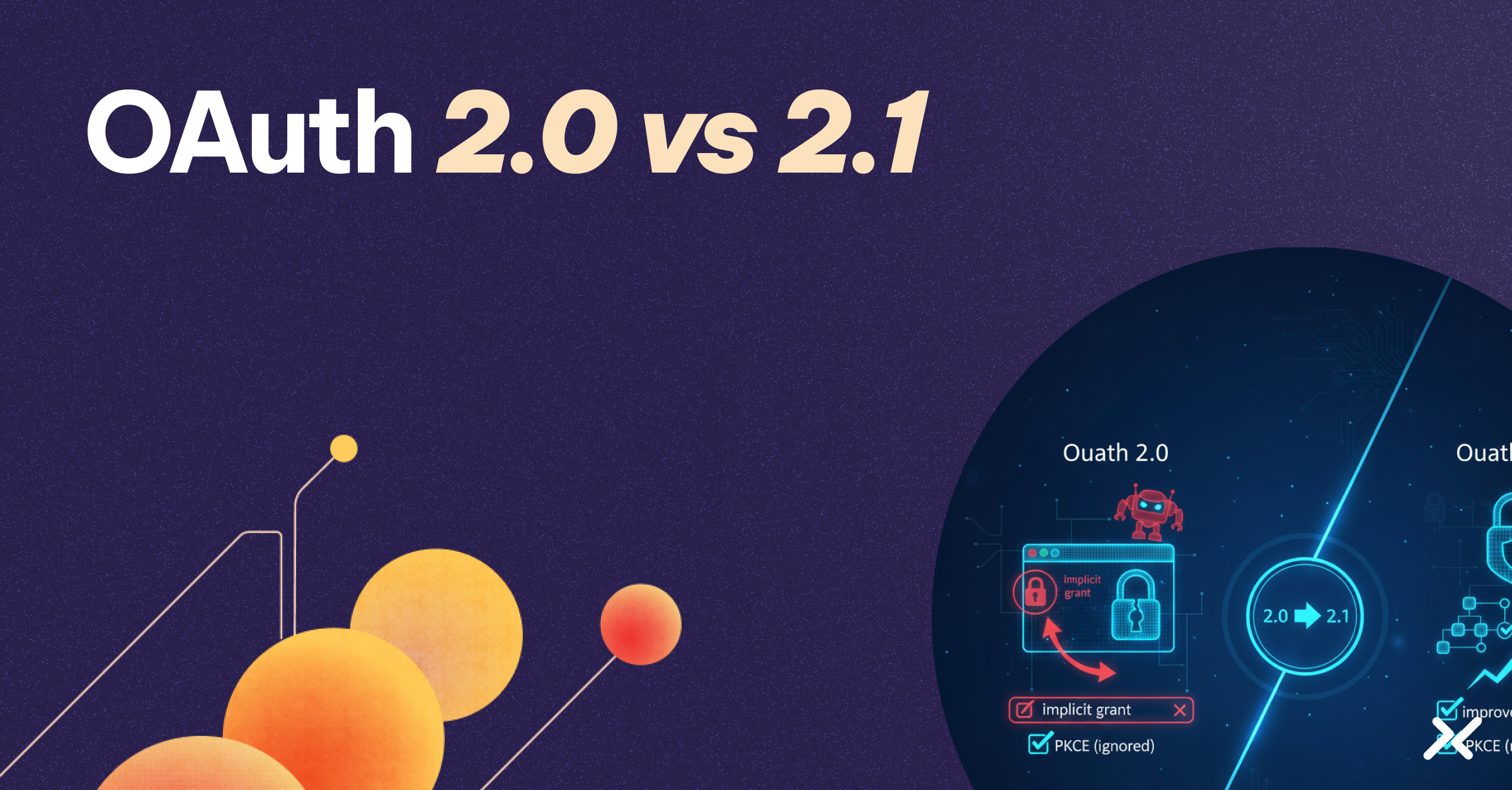A few days ago, a staff member at the U.S. Department of Government Efficiency (DOGE) accidentally pushed an API key to GitHub. Not just any key— this one unlocked access to 52 xAI models, including Grok.
Even after the repository was taken down, the key was still active.
It’s a familiar pattern. Someone’s prototyping or testing locally, hardcodes a credential, pushes it without thinking, and suddenly that secret is exposed to the world. The damage depends on what that secret grants access to. In this case, it was significant.
So let’s talk about how some basic actions can prevent this kind of thing from happening again… and then let’s also touch on how we can eliminate the need for developers to shoulder the burden of key management.
Three Ways to Secure Secrets
Just to be clear – you can eliminate many of the risks in this kind of situation with some basic hygiene. Don’t listen to those who are telling you that you need to develop, deploy and manage complex open-source software, deliver new identity certificates and the like.
So let’s start simply and then get into more secure, and then more automated approaches – which then might require new tools.
1) Use a Secrets Manager
This is the easiest place to start. Store credentials securely. Rotate regularly. Most organizations already do this to some degree, and cloud providers offer simple but native tools. The trick here is to teach your developers how to use the tools properly, and put the best practices into place so that they don’t ‘do the easy thing’ during dev and then hope to clean it up before going into production.
But here’s the tradeoff: Your developers now have to fetch those secrets securely, either through libraries, .env variables, or local tools. It’s safer than hardcoding, but those secrets are still visible somewhere. And if one slips through or is accidentally emitted into your logs, you’re back in the same spot.
2) Move to Identity Federation
This is where things start to get better. Rather than handing out long-lived credentials, you federate identity from your cloud provider or identity platform, and issue short-lived, scoped credentials to known workloads.
Now, even if a credential leaks, it’s limited in what it can do and how long it lives.
The challenge? You have to integrate identity federation with your systems and services. It’s a longer-term shift, but it pays off both in terms of security (more) and ongoing maintenance of credentials (less).
3) Add Conditional Access for Machines
We’re used to multifactor authentication (MFA) and posture checks for humans. We should expect the same for non-human access. Conditional access lets you restrict secrets based on environment, workload identity, time, workload posture, or trust level.
So even if a key leaks, it won’t work unless the request meets all the right criteria. In situations where an attacker spoofs your identity – or it’s an internal ‘assume breach’ scenario – conditional access adds the extra layer of protection identity alone can’t do.
How Workload IAM Could Have Prevented the xAI API Key Leak
It’s easy to talk about making sweeping changes to the way developers code access to applications. But how do we make it simpler and more automated?
That’s where workload IAM comes into play.
Workload IAM solutions (such as from Aembit) is designed to move from a secrets-based model to an identity and access management model. It’s similar to tools like Okta for humans, but designed for machines.
And with something like this, you can’t leak secrets because you just don’t have them. Let’s review the benefits:
- No secrets in developer hands
With workload IAM, credentials are never stored in source code or local config. They’re issued dynamically, directly to workloads, based on identity. Devs don’t need to get a credential, and DevOps don’t need to directly issue them. So those human leakage points go away.
- Short-lived, scoped access
Every credential is tied to a specific workload and expires quickly wherever possible. Even if an application doesn’t ‘understand’ how to federate or get a short-lived token, workload IAM takes care of it all for the developer and the application. - Built-in conditional access
Custom policies make sure access is only granted under the right conditions: verified environment, posture, and context. A leaked key alone wouldn’t be enough to gain access.
Secure Workload Access: The Bigger Picture
The DOGE/xAI breach went beyond just being a mistake. It is a preview of what happens when legacy security practices meet AI-scale systems.
Static keys don’t scale. Secrets managers reduce risk, but they don’t eliminate it. Identity federation does — and workload IAM makes it usable.
We need to shift our thinking: from managing secrets to managing access.
From hardcoded credentials to trusted workload identities. From human workflows to machine-native security.
To learn more, visit here.




